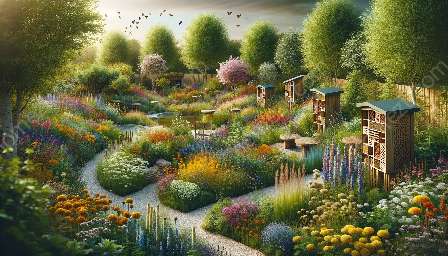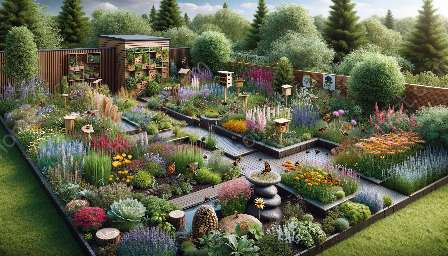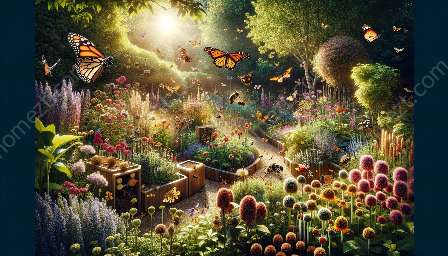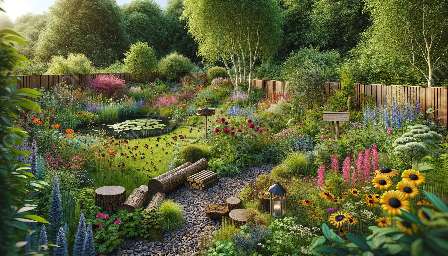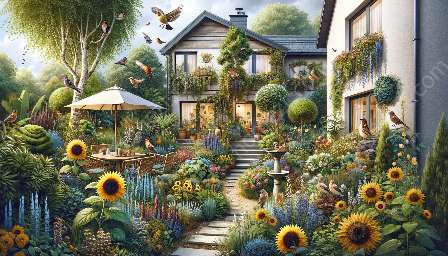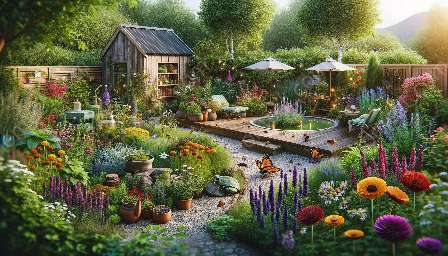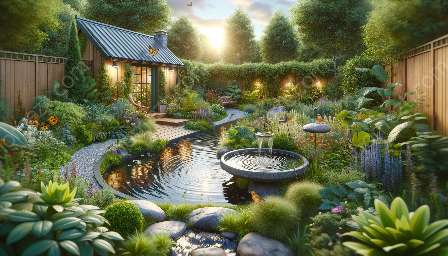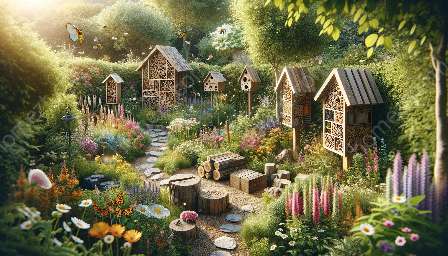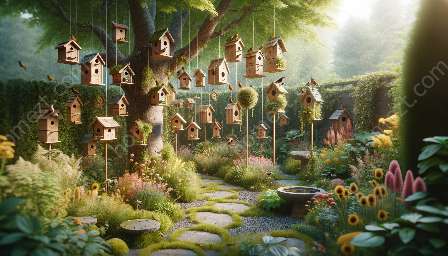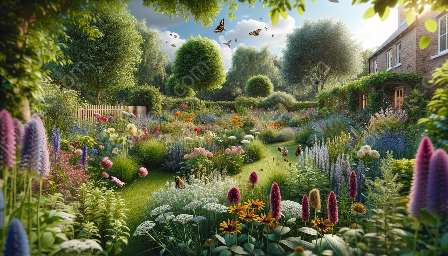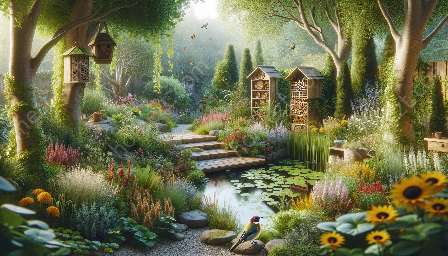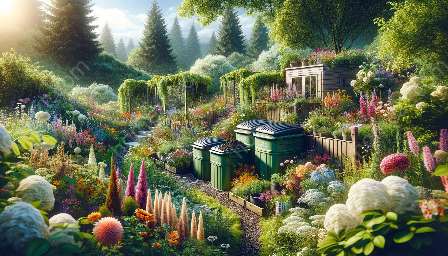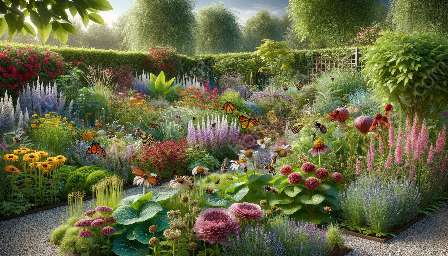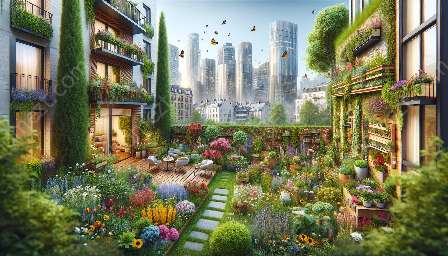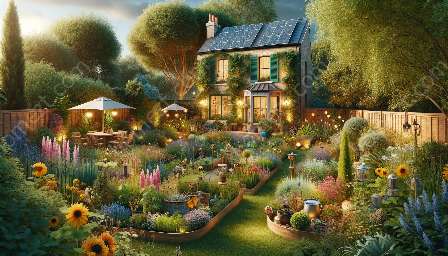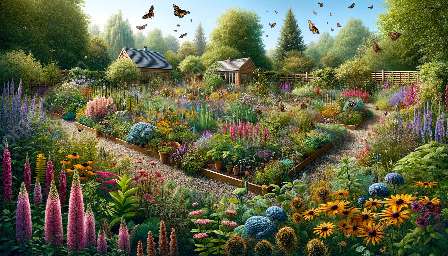Creating wildlife-friendly structures is a key aspect of wildlife gardening and attracting beneficial insects to your garden. By providing a habitat that supports local wildlife and beneficial insects, you can create a more sustainable and harmonious environment while enjoying the beauty of nature.
The Importance of Wildlife-Friendly Structures
Wildlife-friendly structures play a crucial role in supporting biodiversity and creating a balanced ecosystem in your garden. By providing shelter, food sources, and safe nesting spaces, you can encourage a variety of wildlife, from birds and butterflies to beneficial insects like bees and ladybugs.
Types of Wildlife-Friendly Structures
There are various types of wildlife-friendly structures that you can incorporate into your garden. These include birdhouses, bat boxes, insect hotels, and bee nesting sites. Each structure serves a specific purpose in supporting different forms of wildlife and beneficial insects.
1. Birdhouses
Birdhouses provide essential nesting sites for birds, offering them protection from predators and adverse weather conditions. By placing birdhouses strategically around your garden, you can attract a diverse range of bird species and create a welcoming environment for them to thrive.
2. Bat Boxes
Bats are essential for controlling insect populations and pollinating plants. Installing bat boxes in your garden can provide shelter and roosting sites for bats, contributing to a healthier ecosystem and reducing the need for chemical pest control.
3. Insect Hotels
Insect hotels are multi-chambered structures that offer shelter and nesting sites for a wide range of beneficial insects, including solitary bees, ladybugs, lacewings, and beetles. These structures are designed to mimic natural habitats and provide a safe haven for beneficial insects to thrive.
4. Bee Nesting Sites
Providing nesting sites for solitary bees is essential for supporting pollination and maintaining the health of your garden. Simple structures such as bee boxes or bundles of hollow plant stems can attract solitary bees and contribute to the pollination of flowering plants in your garden.
Designing Wildlife-Friendly Structures
When creating wildlife-friendly structures, it's important to consider the specific needs of the wildlife and beneficial insects you want to attract. Use natural and sustainable materials such as untreated wood, bamboo, and natural fibers to construct the structures, ensuring that they blend seamlessly with the surrounding environment.
Placement and Maintenance
Proper placement of wildlife-friendly structures is crucial to their effectiveness. Consider the habitat requirements of the intended wildlife and place the structures in areas that provide the necessary resources, such as sunlight, moisture, and proximity to food sources.
Regular maintenance of wildlife-friendly structures is essential to ensure their longevity and usability by wildlife. Clean out birdhouses and insect hotels regularly, remove debris from bat boxes, and inspect bee nesting sites to provide a safe and hygienic environment for the wildlife.
Attracting Beneficial Insects
Attracting beneficial insects to your garden goes hand in hand with creating wildlife-friendly structures. These insects play a vital role in pollination, pest control, and maintaining a healthy garden ecosystem.
Planting for Beneficial Insects
Choose a diverse range of flowering plants that provide nectar, pollen, and habitat for beneficial insects. Incorporate native plants, herbs, and wildflowers into your garden to create a welcoming environment for bees, butterflies, and other pollinators.
Reducing Chemical Use
Avoid using chemical pesticides and herbicides in your garden to protect beneficial insects from harm. Opt for natural pest control methods and organic gardening practices to maintain a balanced ecosystem and support the well-being of beneficial insects.
Creating a Wildlife-Friendly Garden
By integrating wildlife-friendly structures, attracting beneficial insects, and practicing sustainable gardening techniques, you can create a wildlife-friendly garden that thrives in harmony with nature. Embrace the beauty and diversity of local wildlife and contribute to a more sustainable and ecologically rich environment.

